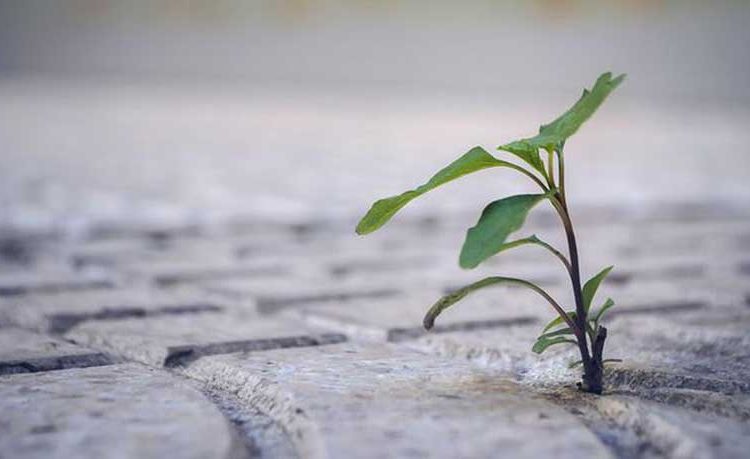Keynote speech: Utilization of drinking water treatment sludge to develop eco-friendly concrete products

Prof. Yan Zhuge
UniSA STEM, University of South Australia, Australia
Abstract: Prof. Zhuge will introduce some recent research progress on utilisation of drinking water treatment sludge (DWTS) into green concrete products, which offers an economical and environmentally friendly way to manage stockpiled sludge. The traditional DWTS management method, disposing of sludge in landfill sites, poses a critical environmental and economic concern due to a significant increase in sludge amount and disposal cost. In this presentation, the feasibility of reusing DWTS as sand and cement replacement is investigated, and the physical performance and microstructure modification of concrete products made with sludge are discussed. The results indicated that a satisfying pozzolanic reactivity of DWTS after calcination at high temperatures and grinding to the appropriate size was identified. When 10% cement was replaced with DWTS, the reaction degree of sludge was up to 39%, and the obtained concrete blocks exhibited superior mechanical performance. Based on the microstructural analysis, e.g., x-ray diffraction, thermogravimetric analysis, and advanced nanoindentation method, it was found that the high aluminium content in DWTS was incorporated into C-(A)-S-H gel; the original ‘Al-minor’ C-(A)-S-H gel in pure cement paste was converted to ‘Al-rich’ C-(A)-S-H gel. Also, DWTS promoted the formation of aluminium-bearing hydrates, such as ettringite and calcium aluminate hydrates (C-A-H). Although the Al incorporation had no significant effect on the hardness and modulus of C-(A)-S-H gel, the homogeneous mechanical properties (hardness and modulus measured with nanoindentation) of binder paste degraded with increasing sludge ash content above 10%, attributing to the lower hardness of unreacted sludge than cement clinker and the relatively lower reaction degree.